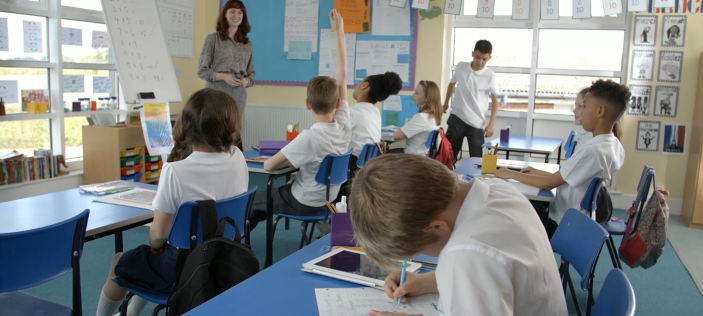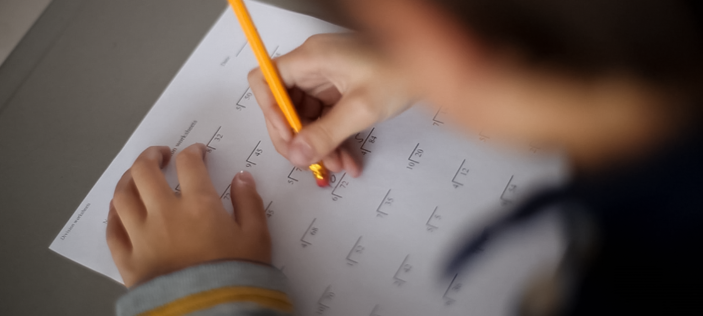In our line of work, we come across maths anxiety in all generations but it can start young and so we are always on the lookout for ways in which we can sneak the maths in unseen. When we were writing Essential Foundations for Counting, we found opportunities everywhere from creating patterns to subitising in a picnic and building the very foundations of counting and number (Fuson, 1988; Gelman & Gallistel, 1978).

So what about our older children? One of the mathematical skills children often find threatening is that of estimation. How many times have I asked children to estimate a value, only to find they go away, calculate it accurately and then make the estimate something sensible? We chuckle about it of course but it does reveal the old maths fear that “I might get it wrong”. Well this is something we pursue because we believe it is a life skill so where better to rehearse it than in the real world? There’s loads of different ways this can be fun and can challenge our Year 6 pupils too.
How about:
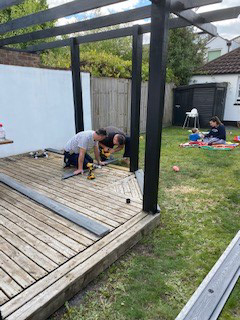
Plan the decking in the Wildlife Area to be 4.95m long and 385cm wide. Mark out the decking area using string. Is that the best place to see the butterflies? Where would it go to watch the pond life and what will the measurements be now?
Each plank is 3.6m long and 150mm wide. How many will you need?
If the children are younger, a bug count is fun. Sorting, classifying and describing the criteria can be rich and will introduce the need for different forms of representation. Count the different species (time for a tally chart). How else could they be sorted? When the children start to sort the bugs into those on land and those on water, suddenly the point of an intersection in a Venn Diagram becomes apparent when the amphibious frog turns up! Refining the classification and representation of the data means this can be smoothly switched up for any age group.
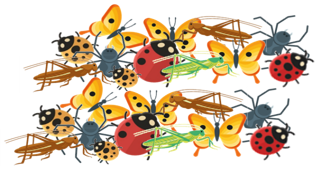

If you’re lucky enough to have woodland or even just a tree or two nearby, have you thought about the potential for deepening children’s understanding of angles?
It started with this challenge for Year 5 from the Home Maths slides but this got me thinking . . .
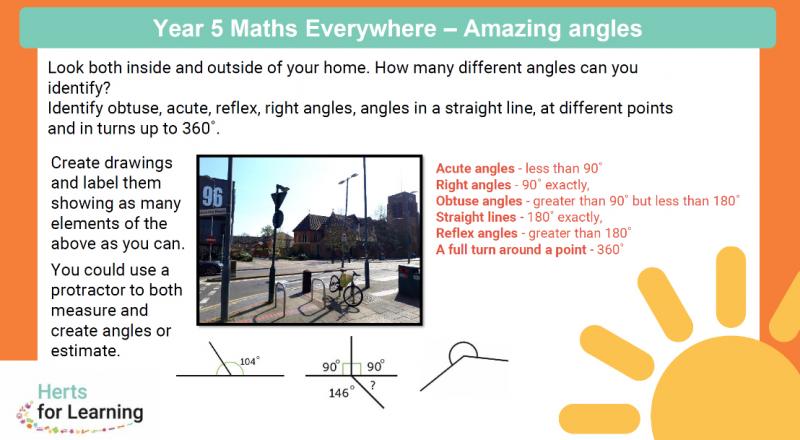
. . . where are the angles in that?
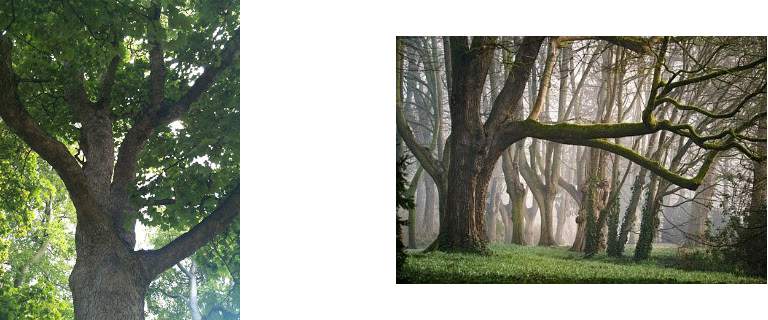
Collect sticks as you go and let’s investigate further.
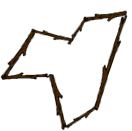
Place a leaf on each of the angles that measure 120˚ or less.
Or perhaps twig puzzles:
- I have 5 sides and 5 vertices. The sizes of my internal angles are not the same. Who am I?
- I have 2 right angles. Make me! The options are endless and very creative.
Yes. The more I think about it, the more I reckon it’s just a habit that we see the maths in the outdoors for our youngest children and forget about those opportunities just sitting there for our older ones. This is going to be fun as we all get to explore them a little bit more. If you go down to the woods today, be sure of a maths surprise!
Bibliography:
Fuson, K. C. (1988). Children's counting and concepts of number. New York: Springer-Verlag.
Gelman, R., & Gallistel, C.R. (1978). The child's understanding of number. Cambridge: Harvard University.


